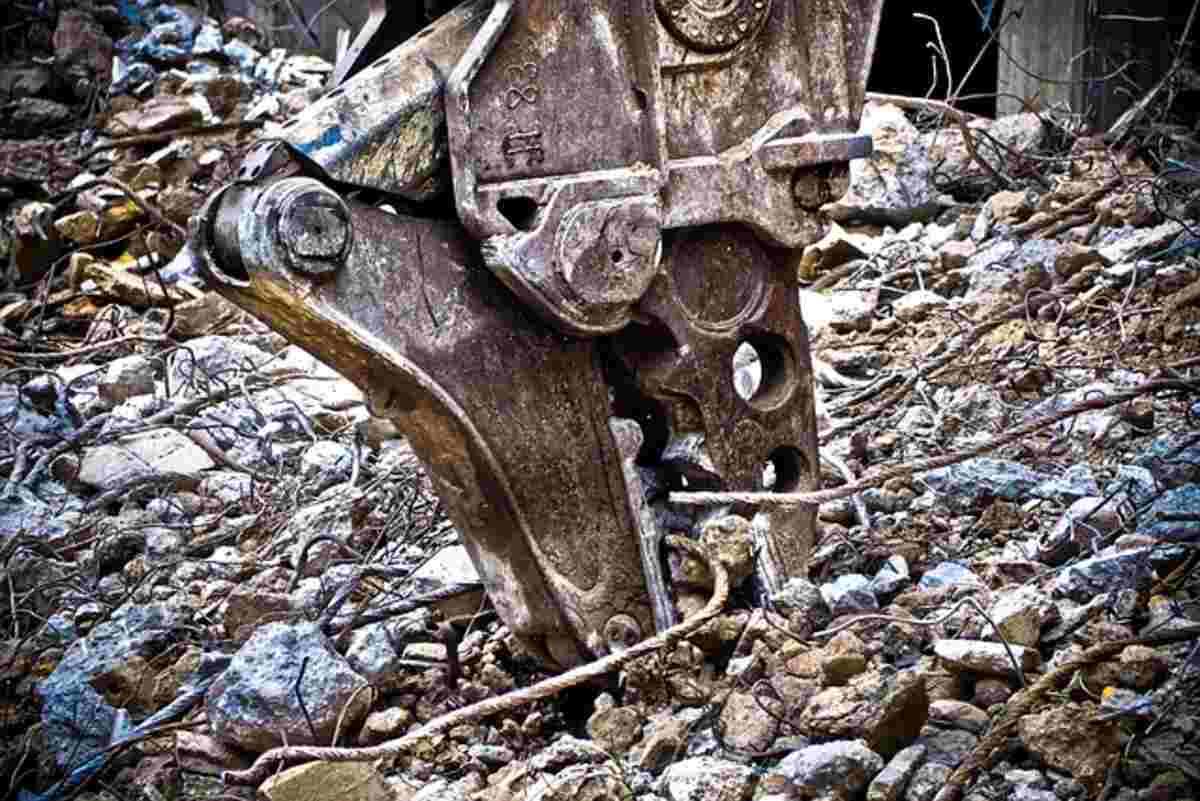Green Demolition
No matter the scale of your building project, green demolition, also known as deconstruction, can make a positive difference in terms of sustainability. Choose the best Demolition Contractor in Roseville.
Deconstruction differs from conventional demolition by disassembling structures piecemeal, reducing waste going to landfills while creating local job opportunities and keeping recycling companies profitable.
Reuse
As our world increasingly embraces sustainable and eco-friendly practices, demolition and construction projects must consider their ecological impact. Whether renovating or demolishing, you can minimize waste by salvaging and reusing materials in your demolition project. This keeps materials out of landfills while saving money on future construction costs—plus, it might qualify you for rebates from local or state municipalities!
Green demolition involves contractors sorting through debris to identify materials for reuse or recycling. This requires extra time and effort but drastically decreases C&D waste that ends up in landfills while saving energy by eliminating the need to buy new materials. Copper retains 85-95% of its value, making recycling old copper more cost-effective than mining for fresh metals.
Purchase materials locally as another means to speed up demolition while simultaneously cutting back on fuel consumption and greenhouse gas emissions. This is particularly crucial for large projects like demolishing commercial buildings; purchasing locally will reduce travel time and costs while also keeping valuable building materials out of landfills and contributing to a cleaner planet.
Recycle
Every year, millions of tons of construction waste are sent to landfills, polluting our planet’s land and waterways. But much of it could be recycled instead—saving valuable natural resources as well as money! At Wreckhouse Demolition, we make recycling C&D materials a priority during demolition to conserve precious natural resources while helping decrease landfill space requirements and costs.
One effective method for doing this is deconstruction, which entails dismantling structures while recycling as many components as possible. Not only is this environmentally responsible, but it also saves clients time and money on materials for future remodeling projects.
If you want to go green with your next home remodel, find a demolition company with experience undertaking green demolition projects. When looking for contractors, read reviews and testimonials, as well as their mission statement and sustainability policy, to make sure that they demonstrate a solid commitment to sustainability. Furthermore, inquire if the company offers on-site recycling programs; ask whether there are recycling programs set up; inquire as to the availability of recycling permits that mandate recycling at least 50 percent of debris generated during demolition work if applicable; seek permits that stipulate recycling 50 percent or more from all involved parties involved if appropriate.
Reduce
Green demolition projects offer an ideal starting point for sustainability in demolition. By applying the “three Rs” to dismantling buildings and homes, demolition materials account for over 90% of total C&D waste (Construction & Demolition Waste).
Conventional home demolition typically lasts five days, while green deconstruction normally requires ten or more due to using hand labor instead of heavy machinery. Although labor costs and time may increase with green deconstruction methods, they also enable the salvage of many materials that would otherwise end up in landfills—thus decreasing C& disposal at once and also cutting waste disposal costs significantly.
Reusing demolition materials reduces demand for raw materials and energy usage while helping prevent environmental hazards such as hazardous substances being released into the environment. Utilizing green cleaning products during post-construction cleanup helps further contribute to sustainable construction and demolition practices.
As more US communities require green demolition for building projects, it is paramount to engage local residents and ensure they understand its effects. Furthermore, temporary housing or alternate accommodation must be made available to minimize the sudden relocation of locals during a construction project.
Avoid Landfills
Traditional demolition generates waste that must be carted off to landfills; green deconstruction helps avoid this harmful outcome by taking an approach called piecemeal deconstruction instead. Building deconstruction specialists dismantle structures piecemeal instead of simply disassembling or wrecking them for disposal at landfill sites, enabling these materials to be donated or repurposed and keeping them out of the waste stream altogether.
Green demolition involves keeping between 50% and 85% of materials out of landfills by recycling, reusing, or donating. Many times, historic buildings require special care in disposing of hazardous materials like lead-based paint or asbestos, which must be carefully handled during green demolition to protect the environment.
Green demolition may take more work, but the effort can help save reusable materials and minimize landfill waste. When choosing a green demolition company, be sure to conduct extensive research and find one with experience in green demolition; read testimonials, reviews, and mission statements of their contractor so you know they commit to sustainability. Selecting a qualified green demolition contractor could save money when renovating materials while qualifying for tax credits and also help conserve natural resources by recycling parts of structures that you no longer need.


